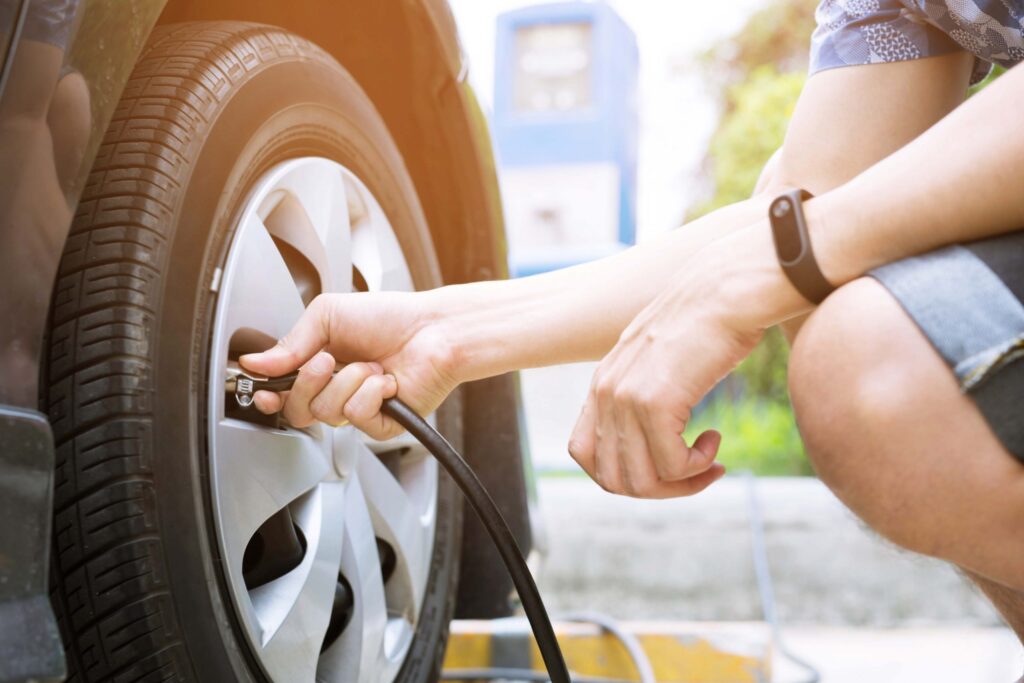Maintaining your car like a pro is essential for ensuring its longevity and optimal performance. Whether you’re a seasoned car enthusiast or a new driver, understanding the fundamentals of car maintenance can save you time and money in the long run. In this guide, we will explore various aspects of car care, from routine checks to advanced maintenance techniques, empowering you to take control of your vehicle’s health.
In the following sections, you will learn about the importance of regular oil changes, tire maintenance, and brake inspections. We will also delve into the significance of keeping your car clean, both inside and out, to prevent wear and tear. Additionally, we will provide you with a checklist of seasonal maintenance tasks that every car owner should follow to keep their vehicle in top shape throughout the year.
By the end of this article, you will have a comprehensive understanding of how to maintain your car like a pro, equipping you with the knowledge to tackle common issues and perform essential upkeep. So, buckle up and get ready to dive into the world of car maintenance—your vehicle will thank you for it!
Regular Oil Changes
One of the most crucial aspects of car maintenance is regular oil changes. Engine oil lubricates the moving parts of your engine, reducing friction and preventing overheating. Over time, oil breaks down and becomes less effective, which can lead to engine wear and tear. Most manufacturers recommend changing your oil every 5,000 to 7,500 miles, but it’s essential to consult your owner’s manual for specific guidelines.
In addition to changing the oil, it’s also important to replace the oil filter. A clogged filter can restrict oil flow, leading to engine damage. By keeping up with regular oil changes, you can ensure your engine runs smoothly and efficiently, ultimately extending its lifespan.
Tire Maintenance and Rotation
Tires are the only contact your vehicle has with the road, making their maintenance vital for safety and performance. Regularly checking tire pressure, tread depth, and alignment can prevent uneven wear and improve fuel efficiency. Under-inflated tires can lead to poor handling and increased stopping distances, while over-inflated tires can cause blowouts.
It’s also essential to rotate your tires every 5,000 to 7,500 miles. This practice helps ensure even wear across all tires, extending their lifespan and improving overall vehicle performance. Keeping your tires in good condition not only enhances safety but also contributes to better fuel economy.
Brake System Inspection
The brake system is one of the most critical safety features of your vehicle. Regular inspections can help identify issues before they become serious problems. Signs that your brakes may need attention include squeaking or grinding noises, a soft brake pedal, or vibrations when braking. If you notice any of these symptoms, it’s essential to have your brakes checked immediately.
Routine maintenance of your brake system includes checking the brake fluid level, inspecting the brake pads and rotors, and replacing worn components. Keeping your brakes in top condition not only ensures your safety but also enhances the overall performance of your vehicle.
Battery Care and Maintenance
Your car’s battery is essential for starting the engine and powering electrical systems. Regularly checking the battery’s condition can prevent unexpected breakdowns. Look for signs of corrosion on the terminals and ensure that the battery is securely mounted. If your battery is more than three years old, consider having it tested to ensure it holds a charge effectively.
Additionally, cleaning the battery terminals and ensuring proper connections can extend the life of your battery. If you frequently drive short distances, consider investing in a battery maintainer to keep it charged. Proper battery maintenance can save you from costly replacements and ensure your vehicle starts reliably.
Fluid Levels and Cooling System
Maintaining proper fluid levels is essential for your vehicle’s performance. Regularly check the levels of coolant, transmission fluid, brake fluid, and power steering fluid. Low fluid levels can lead to overheating, poor shifting, and compromised braking performance. It’s advisable to consult your owner’s manual for the recommended fluid types and maintenance schedules.
The cooling system, in particular, plays a vital role in preventing engine overheating. Regularly inspect hoses and connections for leaks or wear. Flushing the cooling system every couple of years can help remove debris and prevent corrosion, ensuring your engine runs at optimal temperatures.
Keeping Your Car Clean and Protected
Regular cleaning and detailing of your vehicle not only enhance its appearance but also protect its value. Washing your car removes dirt, grime, and road salt that can lead to rust and corrosion. Waxing your vehicle every few months provides a protective layer against environmental elements, helping to maintain the paint’s integrity.
Additionally, consider using interior protectants to keep your dashboard and upholstery in good condition. Regularly vacuuming and cleaning the interior can prevent wear and tear, ensuring a comfortable driving experience. A well-maintained car not only looks good but also retains its value over time.
| Maintenance Task | Description | Frequency |
|---|---|---|
| Check Oil Level | Regularly check the engine oil level and quality. Change the oil and filter as recommended by the manufacturer. | Every month |
| Tire Maintenance | Inspect tire pressure and tread depth. Rotate tires and align wheels as needed. | Every 5,000 miles |
| Brake Inspection | Check brake pads, rotors, and fluid levels. Replace worn components to ensure safety. | Every 10,000 miles |
| Battery Check | Inspect battery terminals for corrosion and ensure a secure connection. Test battery health regularly. | Every 6 months |
| Fluid Levels | Check and top off all essential fluids including coolant, transmission fluid, and brake fluid. | Monthly |
| Air Filter Replacement | Replace the engine air filter to ensure optimal airflow and engine performance. | Every 15,000 miles |
| Wiper Blade Replacement | Inspect and replace wiper blades to maintain visibility during rain or snow. | Every 6-12 months |
| Exterior Cleaning | Wash and wax the car regularly to protect the paint and finish from environmental damage. | Monthly |
| Interior Maintenance | Vacuum and clean the interior to maintain a pleasant driving environment. | Monthly |
| Professional Inspection | Schedule a comprehensive inspection with a professional mechanic to catch any potential issues. | Annually |
This HTML document provides a structured overview of essential car maintenance tasks, their descriptions, and recommended frequencies.



